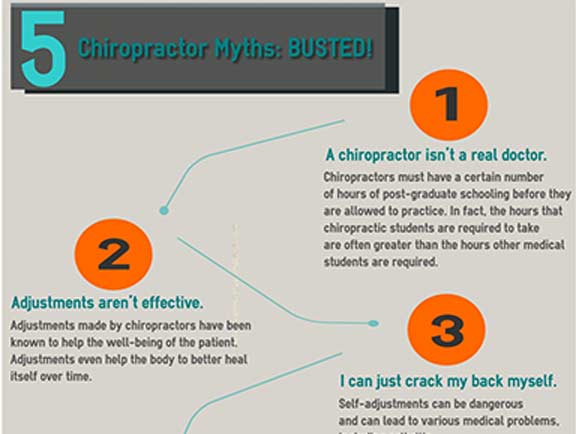The Mechanics And Consequences Of Cold Laser Therapy: Introducing The Scientific Recognizing
The Mechanics And Consequences Of Cold Laser Therapy: Introducing The Scientific Recognizing
Blog Article
Authored By-Krog McIntosh
You may have come across cold laser therapy as an encouraging therapy alternative for different problems, but have you ever questioned how it actually deals with a cellular level? Comprehending please click the next website page behind this therapy can clarify its performance in advertising healing and minimizing inflammation. By discovering the scientific research behind cold laser therapy, you'll gain insights into the remarkable methods which light can influence cellular procedures and promote cells fixing.
Exactly How Cold Laser Treatment Functions
To recognize how cold laser treatment functions, you need to understand the fundamental principles of just how light power connects with organic tissues. Cold laser therapy, also referred to as low-level laser treatment (LLLT), utilizes details wavelengths of light to penetrate the skin and target underlying cells. Unlike the extreme lasers utilized in surgeries, cold lasers send out reduced levels of light that don't produce heat or create damages to the tissues.
When these mild light waves get to the cells, they're taken in by elements called chromophores, such as cytochrome c oxidase in mitochondria. This absorption causes a collection of organic reactions, consisting of enhanced mobile power production and the release of nitric oxide, which boosts blood flow and lowers swelling.
Additionally, the light energy can also promote the production of adenosine triphosphate (ATP), the energy money of cells, aiding in cellular repair and regeneration procedures.
Essentially, cold laser treatment harnesses the power of light energy to advertise recovery and minimize discomfort in a non-invasive and gentle fashion.
Mechanisms of Action
Just how does cold laser treatment really function to generate its therapeutic impacts on organic cells?
Cold laser treatment, additionally referred to as low-level laser treatment (LLLT), operates through a procedure known as photobiomodulation. When the cold laser is put on the skin, the light energy penetrates the tissues and is taken in by chromophores within the cells.
These chromophores, such as cytochrome c oxidase in the mitochondria, are after that boosted by the light power, leading to a cascade of organic responses. One crucial system of activity is the enhancement of mobile metabolism.
The taken in light energy increases ATP manufacturing in the mitochondria, which is critical for cellular feature and repair work. In addition, cold laser treatment assists to lower swelling by inhibiting inflammatory arbitrators and advertising the release of anti-inflammatory cytokines.
This anti-inflammatory impact adds to discomfort relief and cells recovery.
Restorative Effects
Recognizing the therapeutic results of cold laser treatment includes acknowledging just how the boosted mobile metabolism and anti-inflammatory buildings contribute to its positive results on organic tissues.
When the cold laser is related to the affected location, it stimulates the mitochondria within the cells, resulting in increased production of adenosine triphosphate (ATP), which is essential for cellular function and fixing. Suggested Looking at in mobile energy speeds up the healing procedure by promoting tissue regrowth and minimizing inflammation.
In addition, the anti-inflammatory buildings of cold laser therapy aid to decrease pain and swelling in the targeted area. By preventing inflammatory moderators and promoting the release of anti-inflammatory cytokines, cold laser treatment help in reducing pain and improving the total healing response.
This decrease in inflammation not only gives prompt alleviation yet additionally sustains long-lasting tissue repair service.
Verdict
Finally, cold laser treatment works by boosting mobile repair work and tissue regrowth via photobiomodulation. Its anti-inflammatory buildings provide discomfort relief and lower swelling by preventing inflammatory moderators.
This therapy supplies an extensive method to healing, delivering both instant alleviation and long-term tissue repair work advantages.
Via its devices of activity, cold laser treatment confirms to be a reliable and encouraging therapy alternative for a range of conditions.
